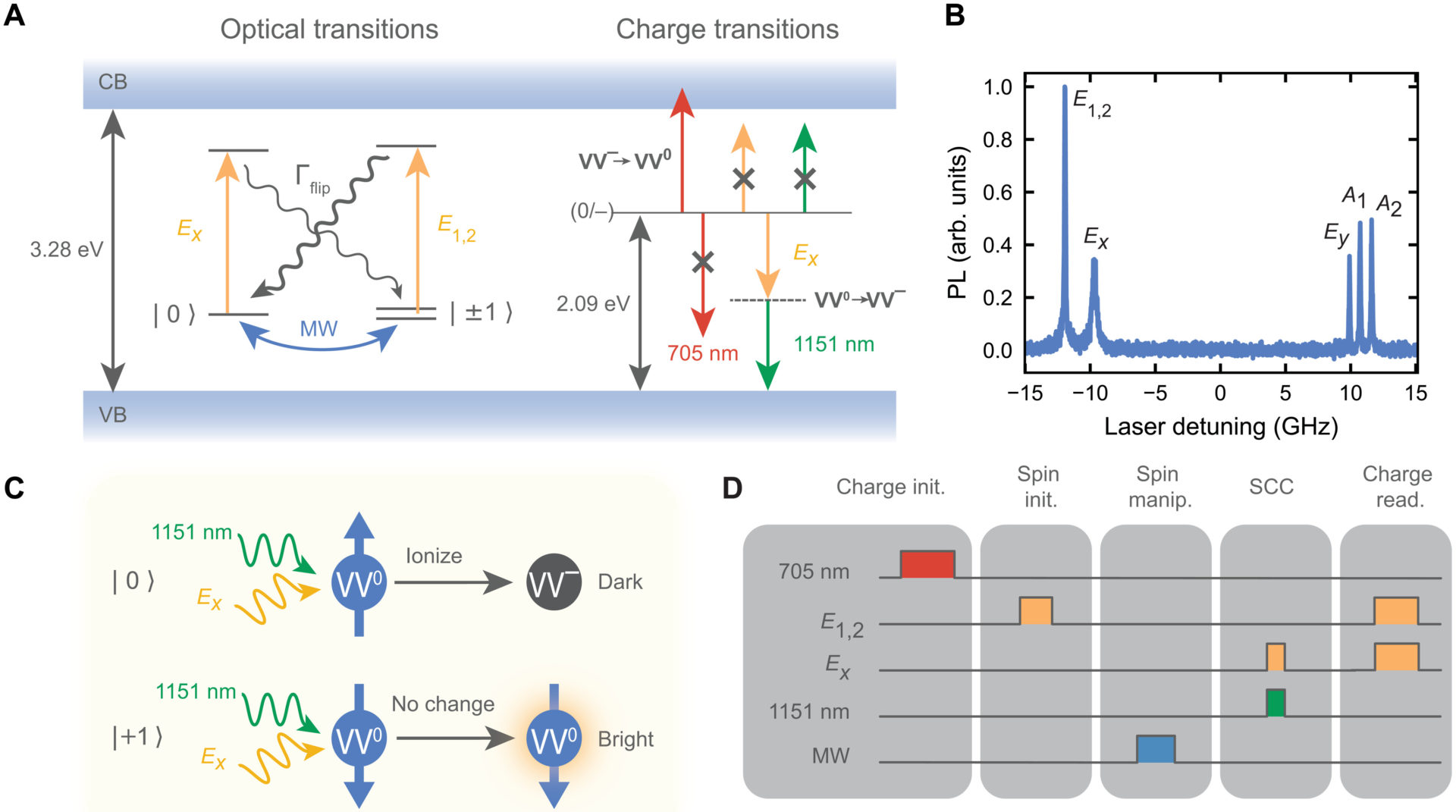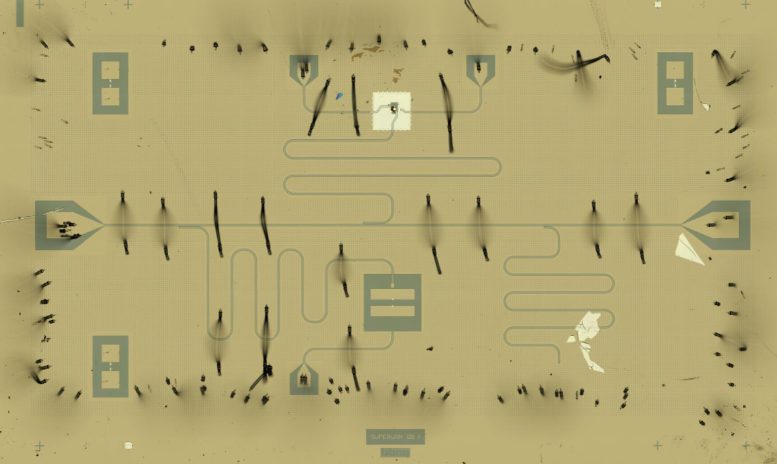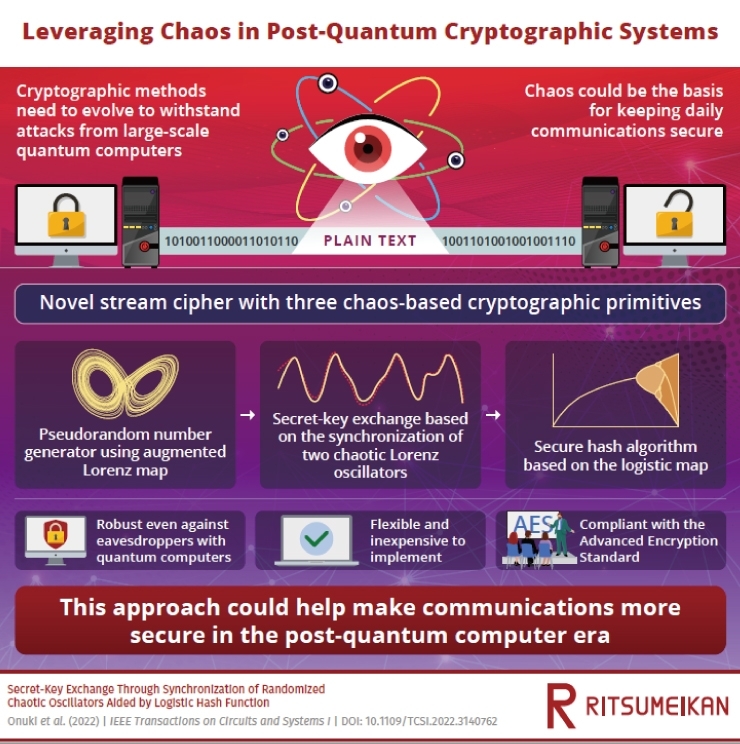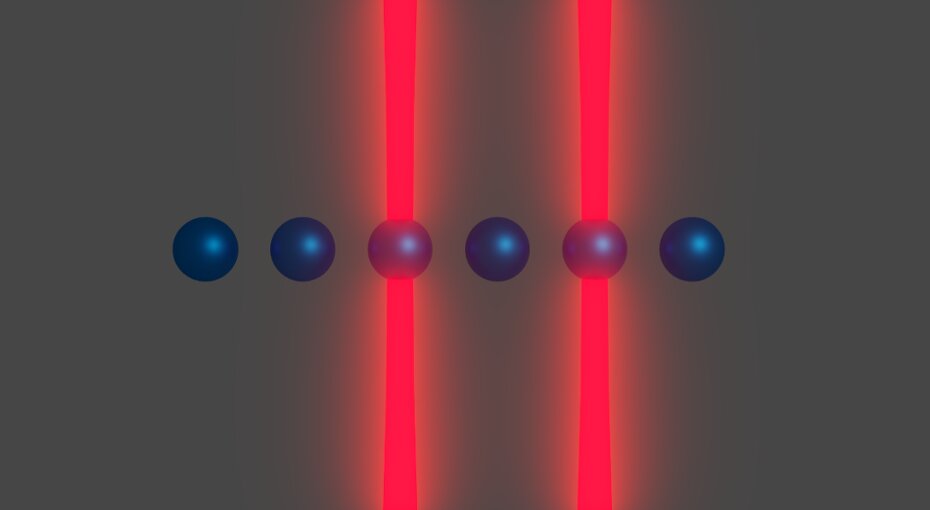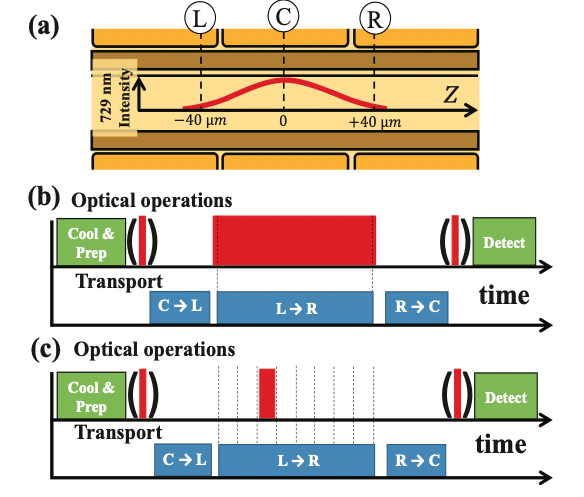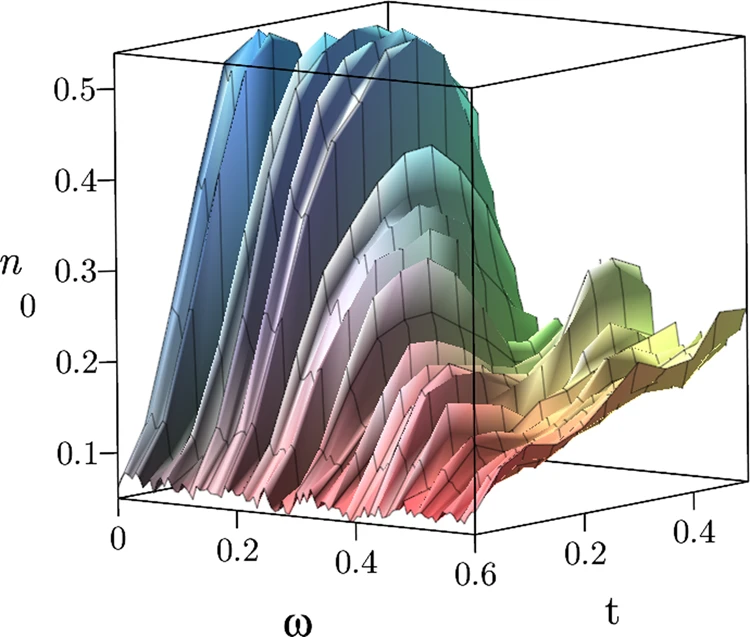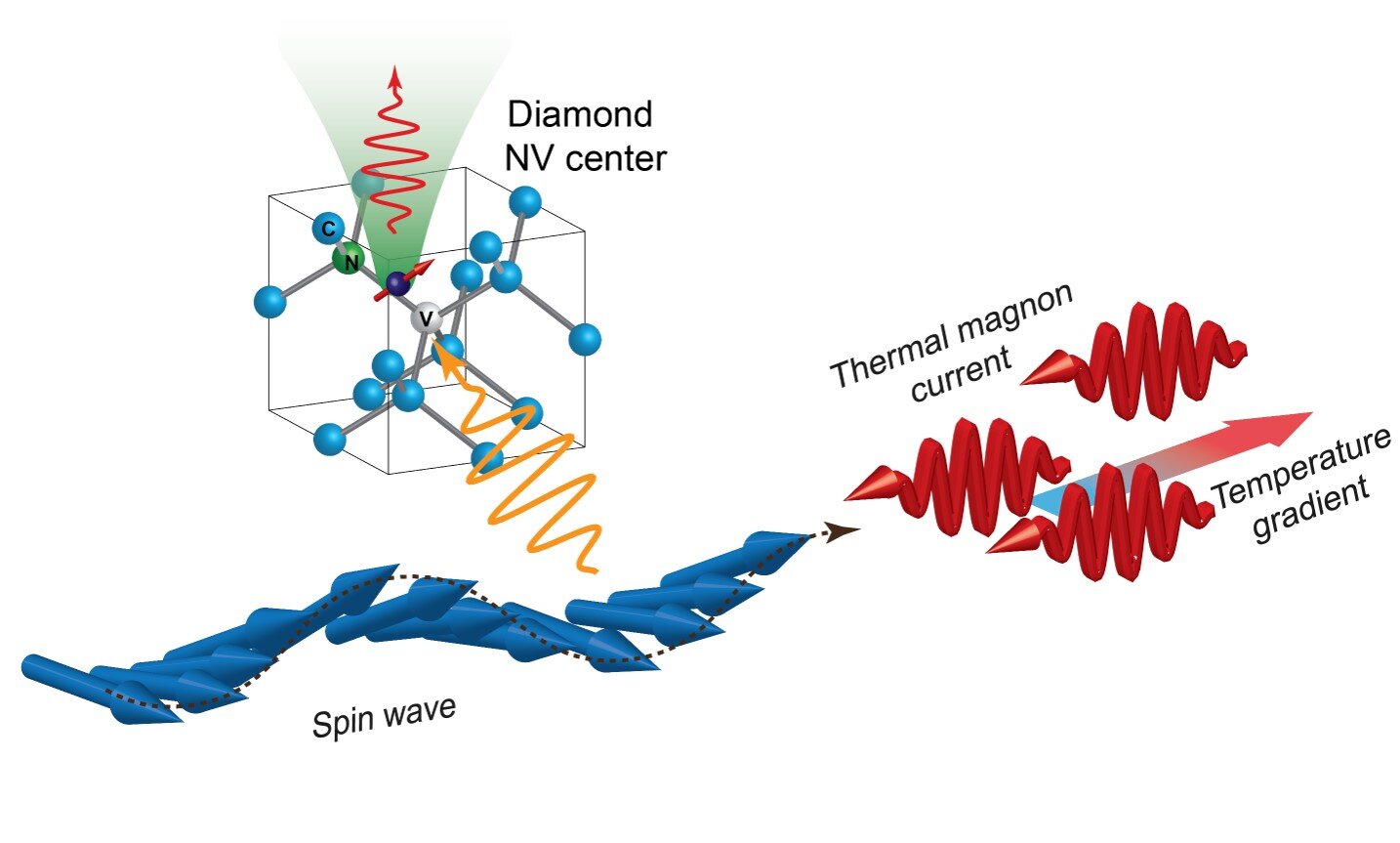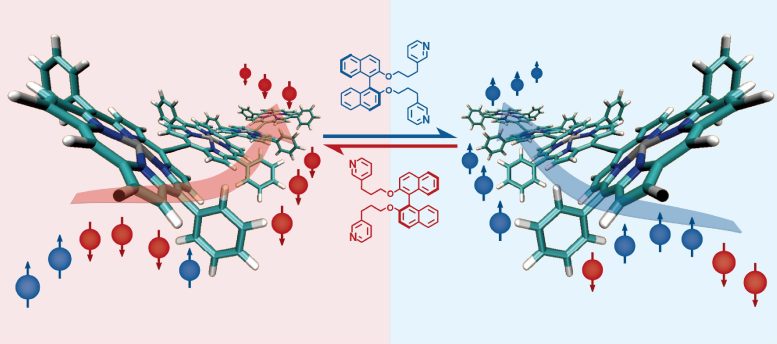
New Super-Conducting Technology takes data beyond ones and zeroes
A team of Duke University and Weizmann Institute researchers report a keystone achievement in the spintronics field: the development of a conducting system that controls the spin of electrons and transmits a spin current over […]


